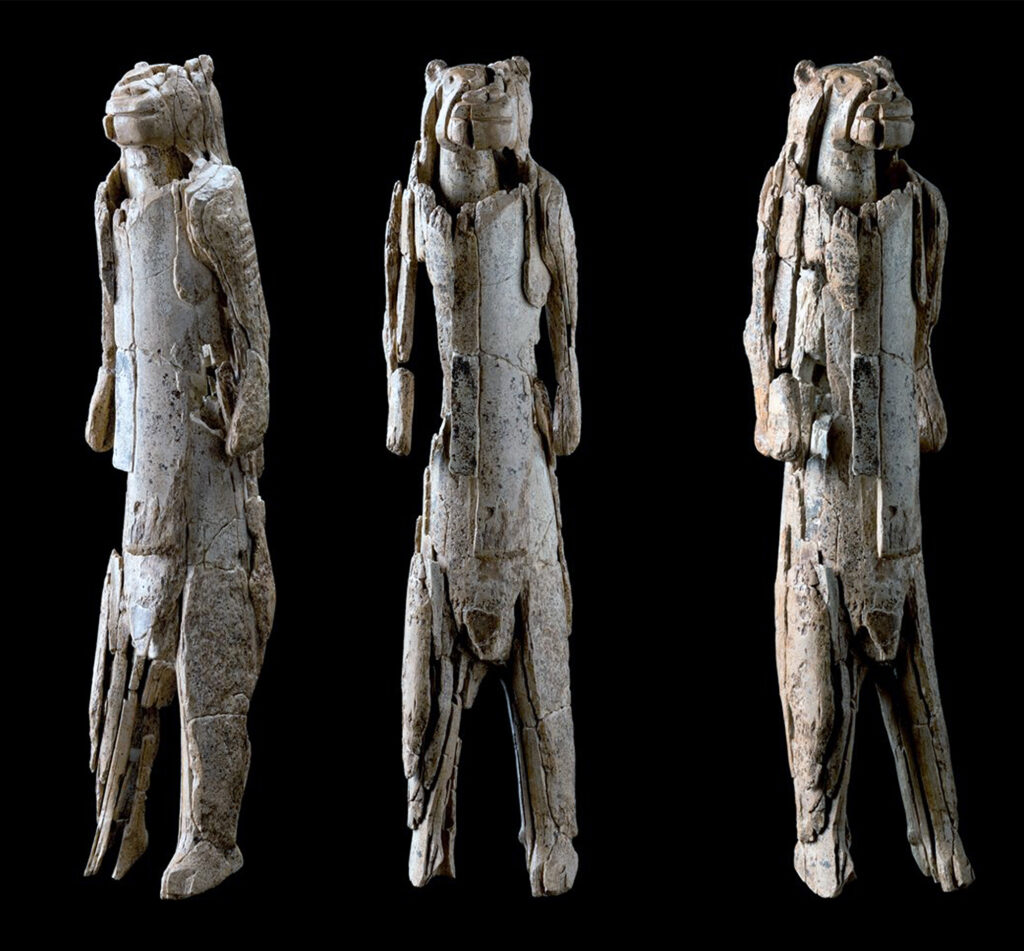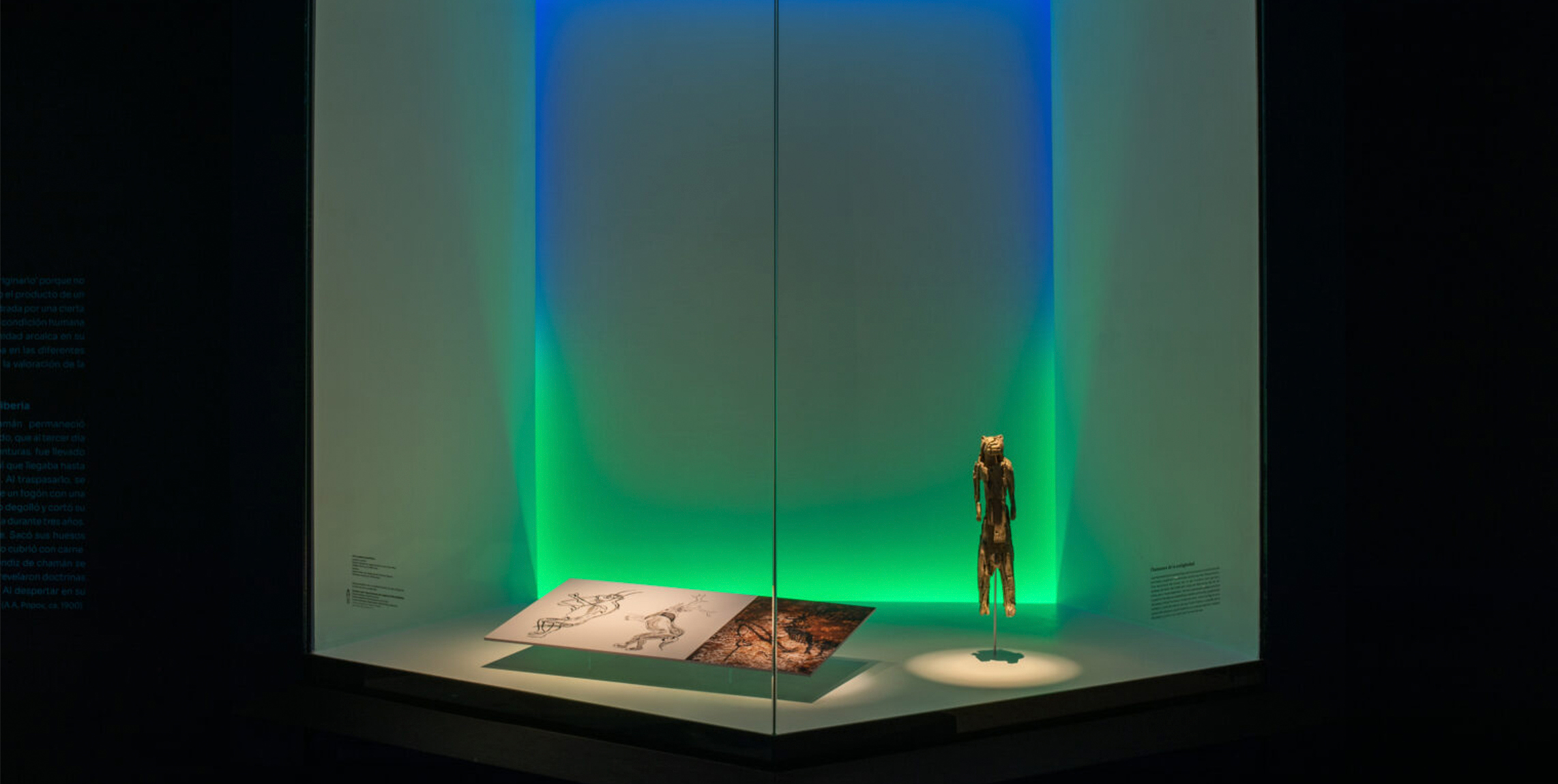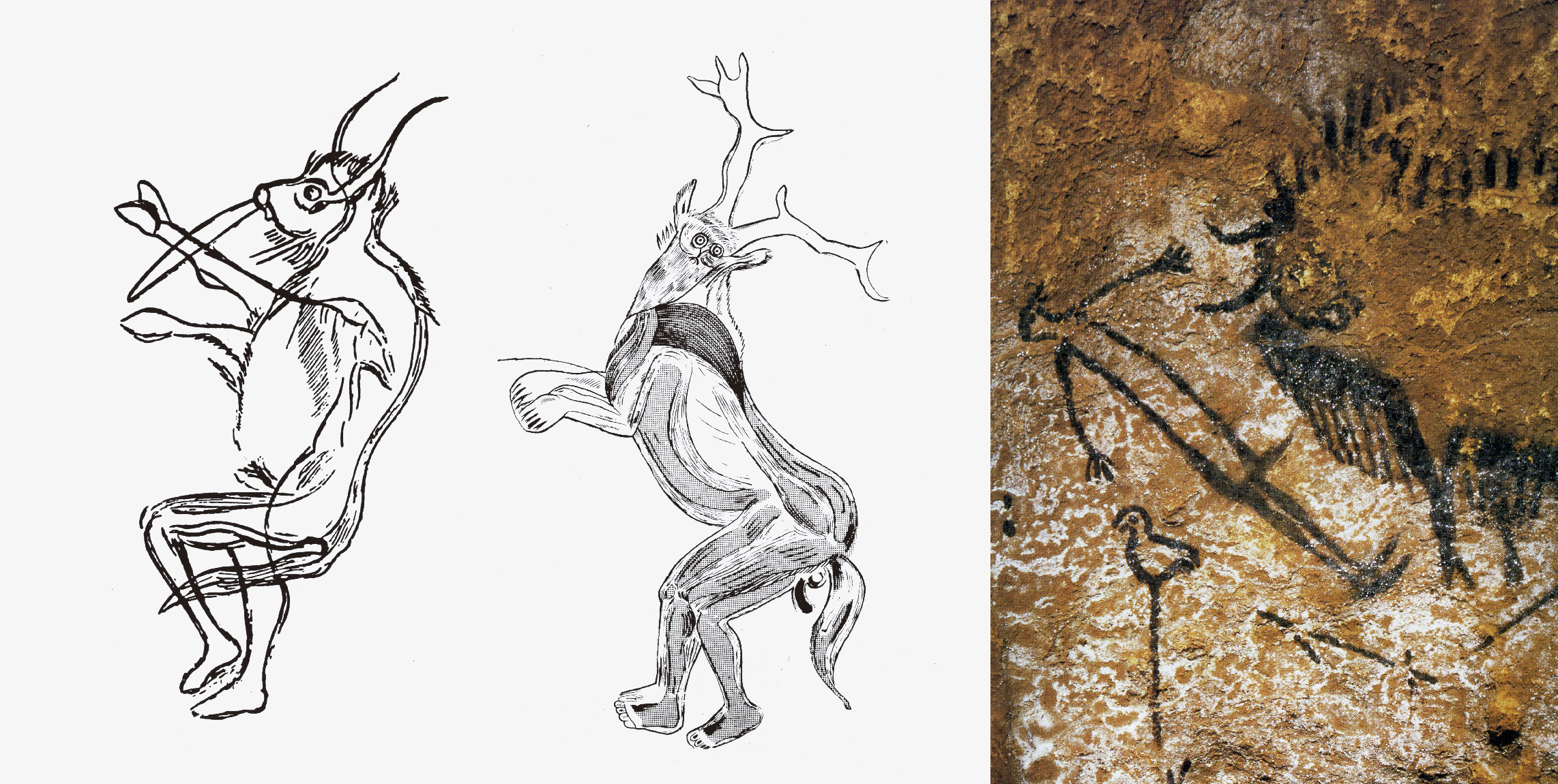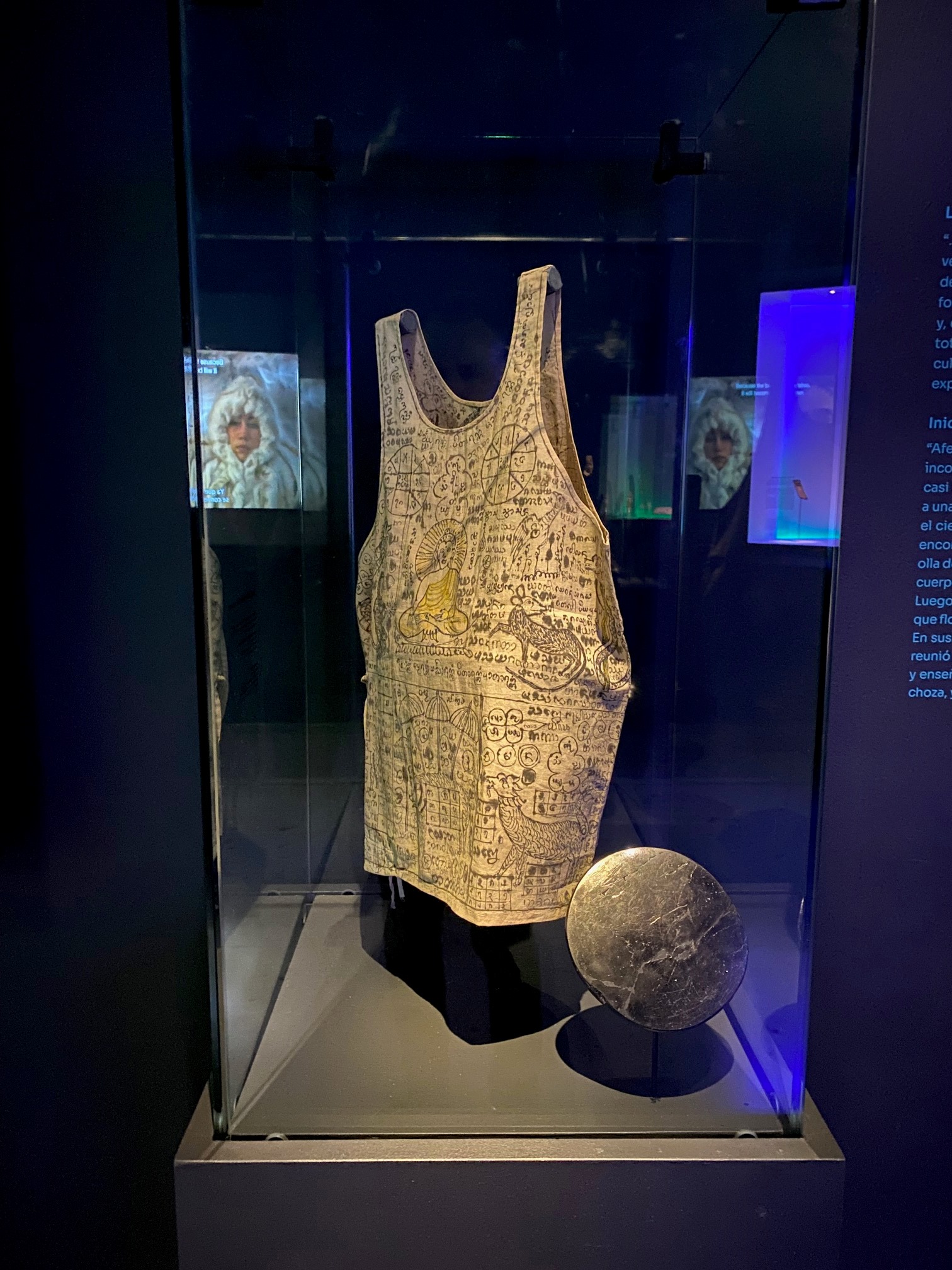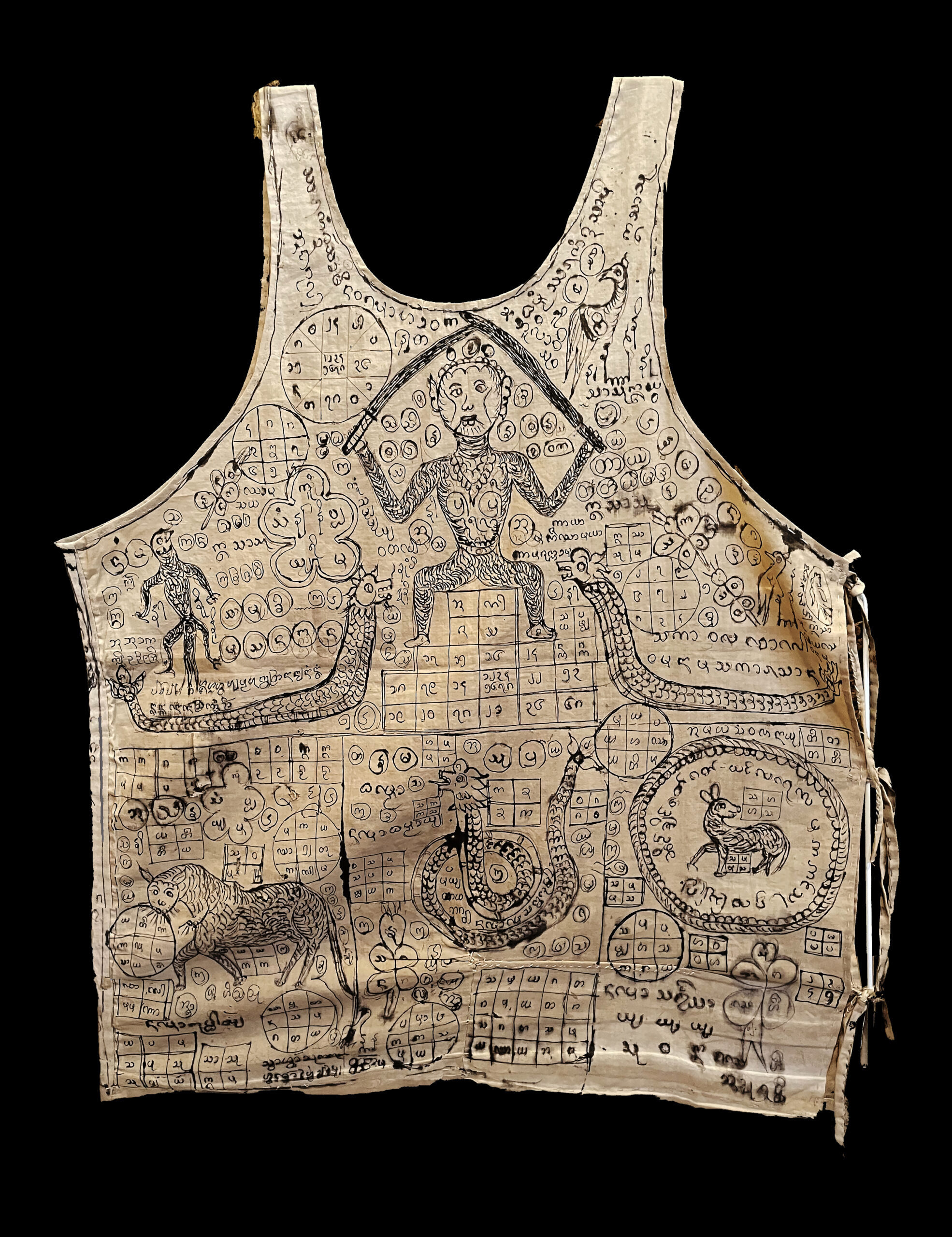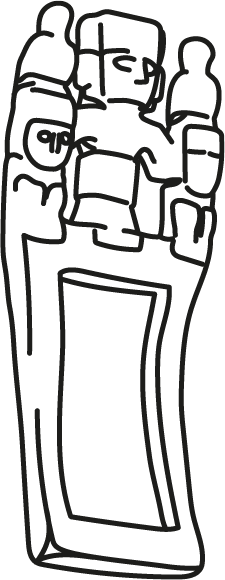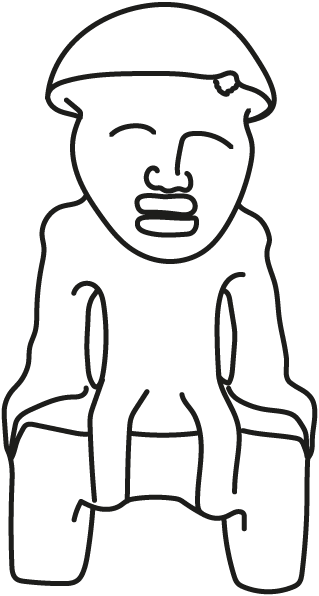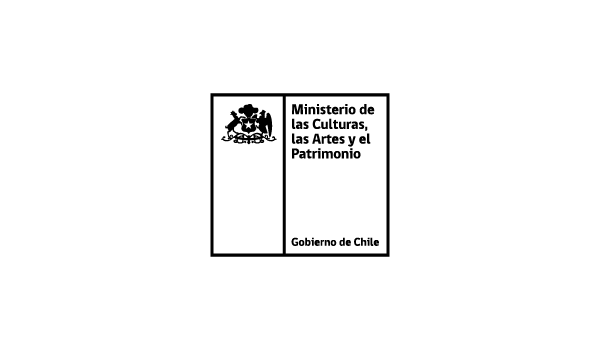Defining shamanim
The word shaman comes to us from the Tungus language of Siberia. The word shaman has been applied worldwide since the second half of the twentieth century. Nevertheless, each community has a name to refer to the type of practitioner under discussion. The Taíno of the Greater Antilles called these individuals behique, the Wixárika (Huichol) of México say mara’káme, the Wichi of the Chaco Central in Argentina refer to them as jayawú, and the Mapuche people of Chile call it machi.
Shamanism is a convenient construct useful to identify a set of activities that are unified by an attempt to establish interaction with other spheres of existence. Shamans possess the ability, acquired through a long process of apprenticeship, to enter into a state of ecstasy that allows or facilitates access to alternate modes of consciousness. The ecstatic state is the vehicle for such activities; it is fundamental to the human condition.
They are masters of ecstasy, the main vehicle to conduct shamanic activities. Shamans are healers, seers and visionaries. A shaman is capable of personifying tradition and expressing it persuasively. To accomplish this task, they are painters, poets, singers, dancers, musicians, sculptors. They are also familiar with the environment: the geography of the area, plants, animals, soil, the patterns of the seasons and the weather. They are the repositories of the traditions and history of their culture.

